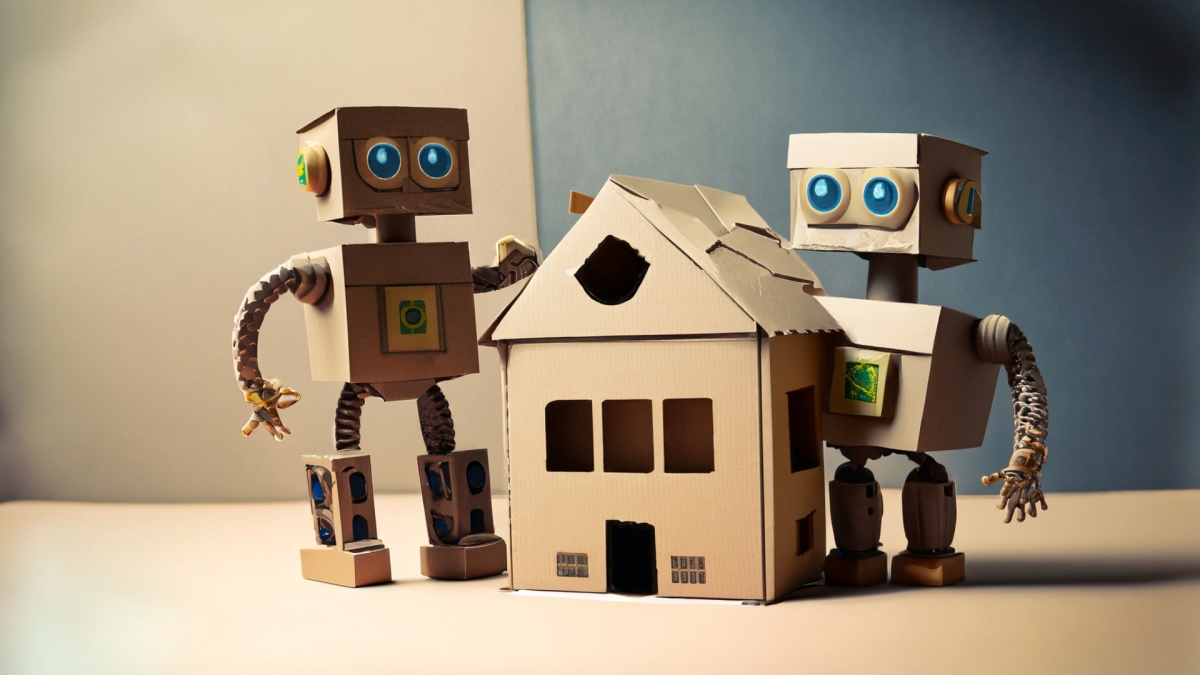
Grades:
7th Grade
In this lesson students will learn about Frank Lloyd Wright's concept for Broadacre City and then create their own acre plot of land and home facade according to Frank Lloyd Wright's idea.
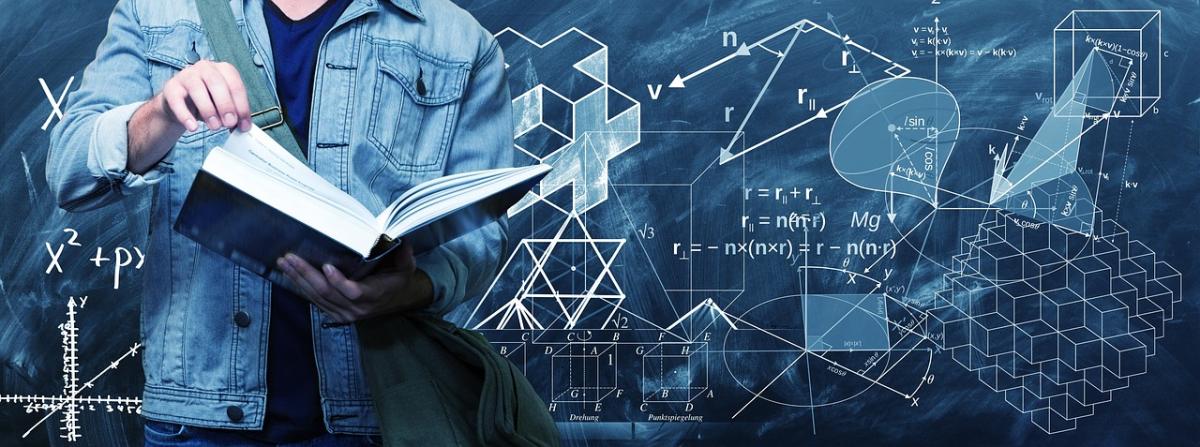
Grades:
5th Grade, 6th Grade, 7th Grade
In this lesson, students will explore the concept of reflection in mathematics through the creation and design or original Rangoli patterns. Students will gain an understanding of reflectional
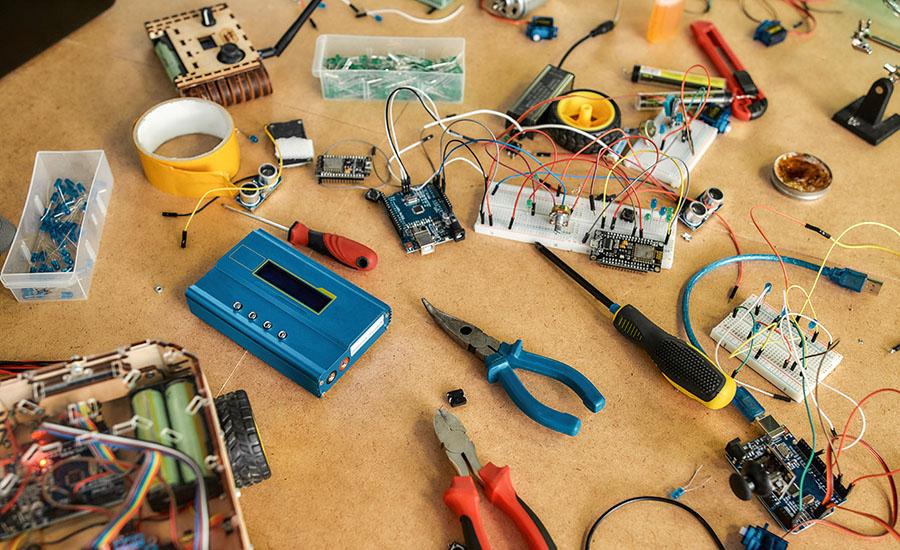
Grades:
5th Grade, 6th Grade
Students will code Micro:Bits to be able to send and receive coordinates. Students will mark coordinates sent to opposing team in order to complete a game of Battleship.
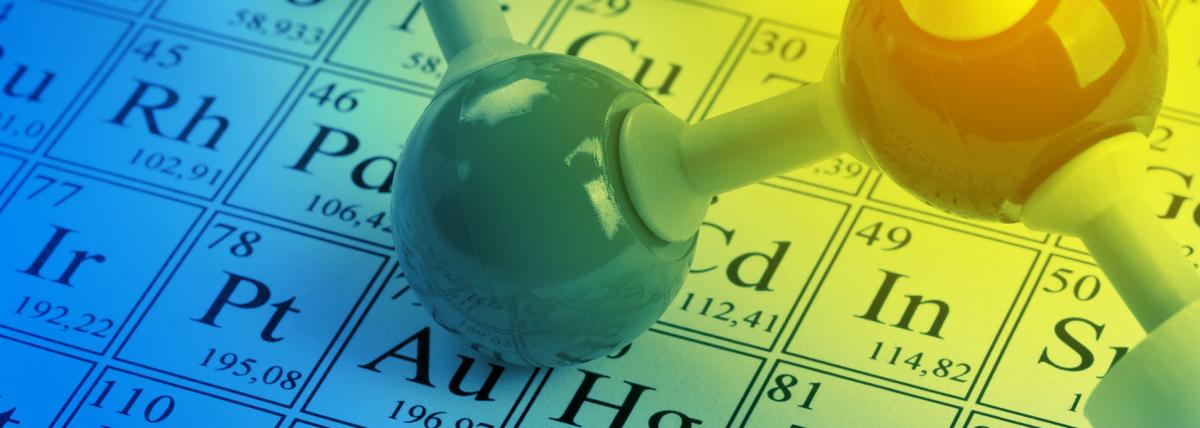
Grades:
10th Grade, 11th Grade, 12th Grade
In this engaging and interactive lesson, high school students (grades 10-12) will explore the fascinating world of molecular geometry using the PhET "Molecule Shapes" simulation. The lesson is
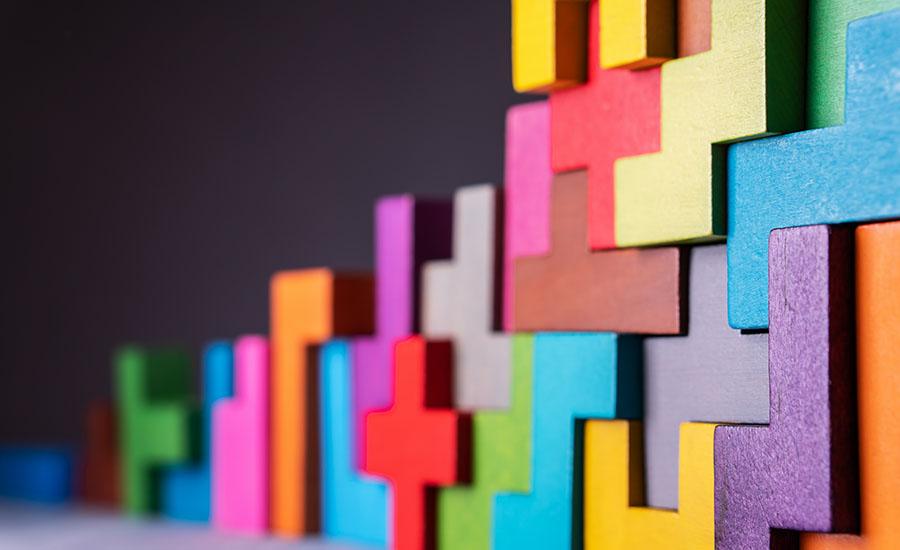
Grades:
11th Grade, 12th Grade
Students will design and build eco-friendly Art Deco-inspired miniatures of party venues from "The Great Gatsby" by learning principles of geometry, engineering, and sustainability, and culminating in
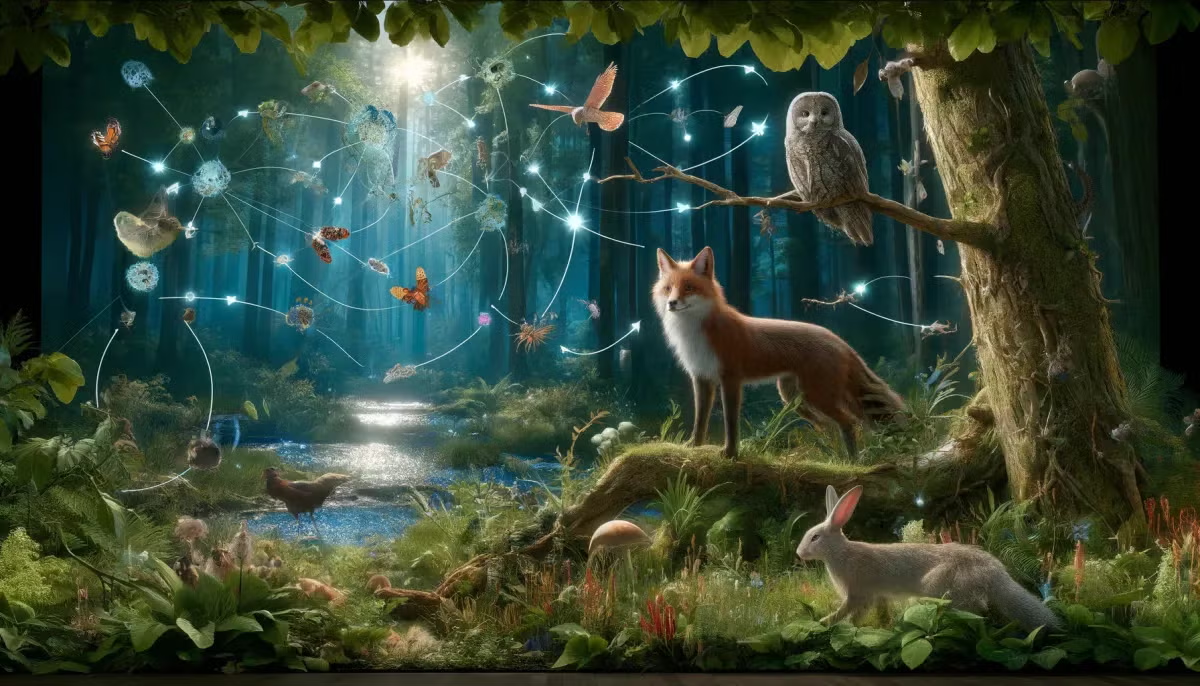
Grades:
2nd Grade, 3rd Grade
Students will research a biome around the world, including 3 animals, 3 plants, and 3 nonliving parts of the ecosystem. Students will construct a diorama of the biome and illustrate a natural disaster

Grades:
1st Grade
In this first grade set of lessons, students will participate in science, math, experiments, and literature questions. Read Apples by Gail Gibbons and learn about the importance of washing your hands.

Grades:
7th Grade, 8th Grade, 9th Grade
I recently extended my lesson on my homesite lease, which involves land plots on the reservation. I covered the process of designing our land plot, including drawing elements such as homes, corrals
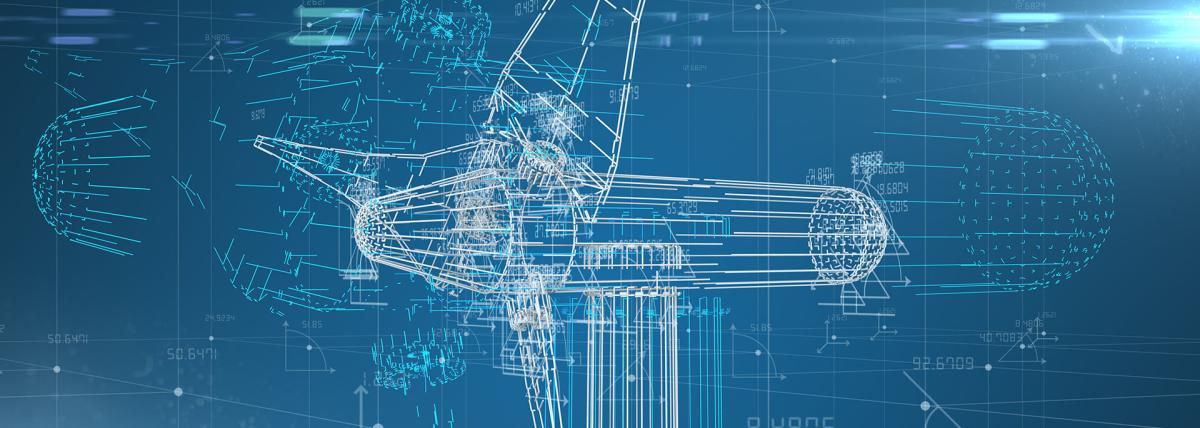
Grades:
9th Grade
For hundreds of years, people have harnessed moving air (wind) to do work. The earliest forms of wind-powered machines were sailboats. Wind pushing against the sails of a boat provided the energy to
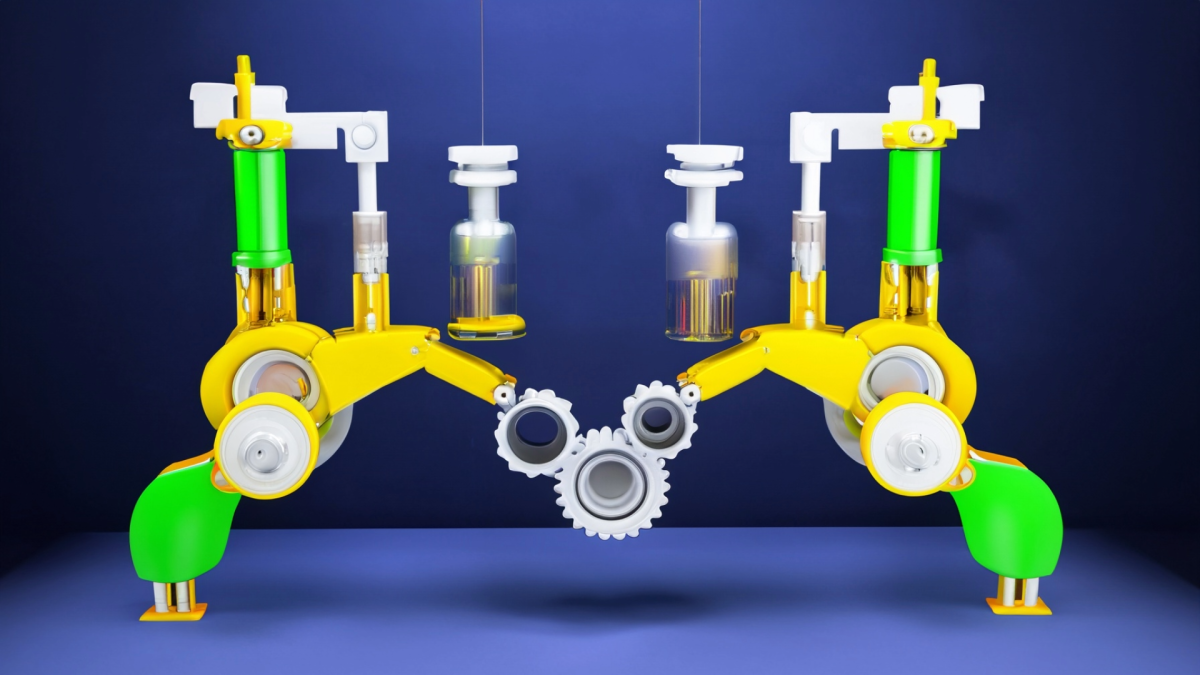
Grades:
8th Grade
Students will construct an explanation of how energy can be transferred from one energy store to another, integrating STEM principles through hands-on activities and real-world applications.

Grades:
8th Grade
This is a lesson plan aimed to clarify concepts about Congruence and Similarity through an Engineering designed activity after a short discussion. The students will create their own design of bridge

Grades:
10th Grade
Students will design a floor plan for a house and use area and volume to calculate the dimensions of their floor plan. They can also have the option to create a wooden model of their design.

Grades:
2nd Grade, 3rd Grade, 4th Grade, 5th Grade, 6th Grade
This lesson was for 2nd/3rd graders in an after-school class. Students were not familiar with 3D printing or Tinkercad. We spent 3 days to complete. Day 1 was learning about 3D printing, opening
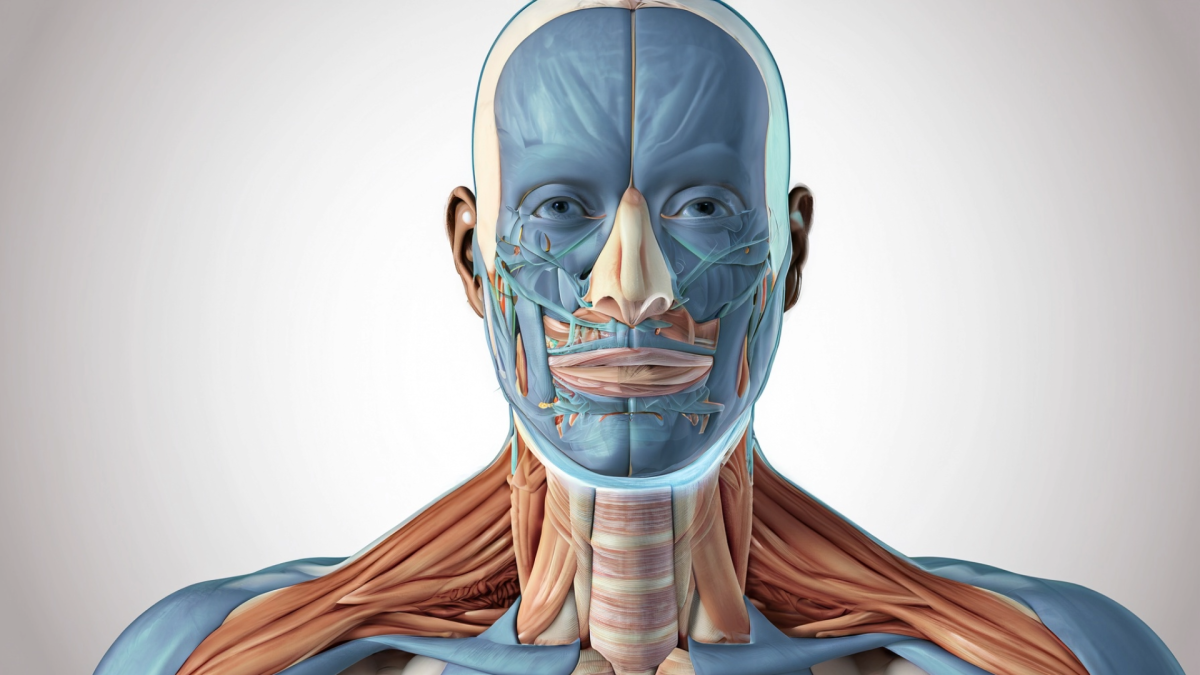
Grades:
9th Grade, 10th Grade, 11th Grade, 12th Grade
This STEM Argumentative Research Project engages students in exploring the scientific, ethical, and societal implications of themes in Mary Shelley's "Frankenstein." Students will work in groups to

Grades:
7th Grade, 8th Grade, 9th Grade, 10th Grade, 11th Grade, 12th Grade
Students will apply principles of design, engineering, and mathematics to create a physical or digital labyrinth inspired by the myth of Theseus. This project integrates STEM concepts with literature

Grades:
4th Grade, 5th Grade, 6th Grade
Students will use Tinkercad's website to create a 3D box and lid. I provide step-by-step Google Slides on how students create this project, share videos of the directions, and additional resources for

Grades:
4th Grade
In this hands-on lesson, students work collaboratively in groups to design models to represent the relative positions of the Earth, Sun, and Moon as they relate to each of the 8 phases of the moon
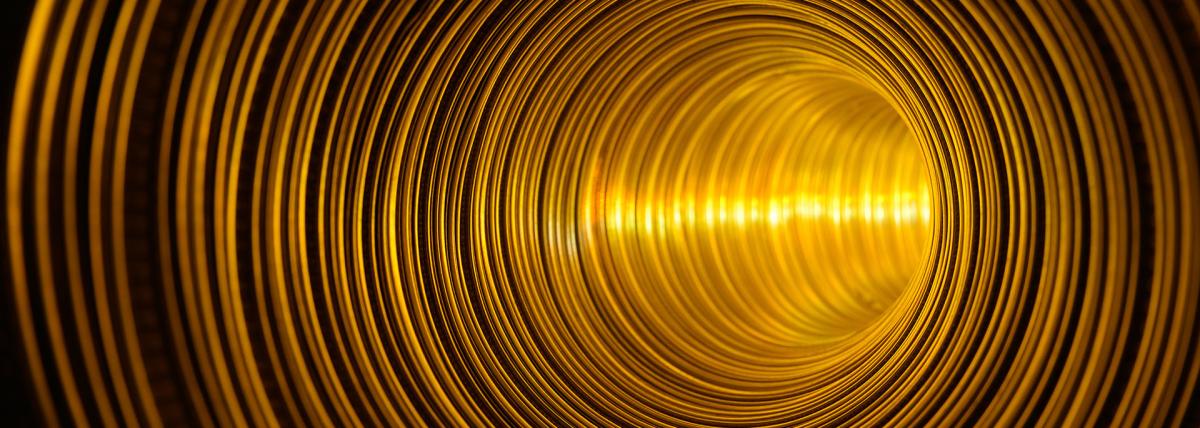
Grades:
4th Grade
This is a lesson that allows students to investigate sound waves moving from one place to another. By using simple materials, students can have significant influence on large-scale variables of

Grades:
6th Grade, 7th Grade, 8th Grade
For this lesson, students will be using the LEGO Spike Prime Kits and LEGO Mindstorm software. Students will write programs using the Color Sensor to make the Driving Base autonomous. A variety of

Grades:
1st Grade, 2nd Grade, 3rd Grade
We begin with the observation of a phenomenon - the spinning pioneer button. Students make their own spinning pioneer button and experiment with different lengths of string. With teacher input and

Grades:
4th Grade, 6th Grade
This project consists of the final part of a four-part unit for 4th and 6th-grade students exploring Arizona's science standards. Students will study how living things compete for energy and resources

Grades:
6th Grade
Students are challenged to create a battlebot that will be powered by a sphero and compete against other bots. Each bot will have an inflated balloon attached to the back. The objective is to pop

Grades:
1st Grade
Welcome to an exhilarating journey of problem-solving and exploration with Bee-Bots! In this captivating adventure, students will embark on a thrilling quest to navigate through challenging mazes

Grades:
Kindergarten
Kindergarten students will be given a STEM case to solve! The goal is to build a bridge for two different sized/weight of vehicles. Students will research types of bridges and decide which bridge will


